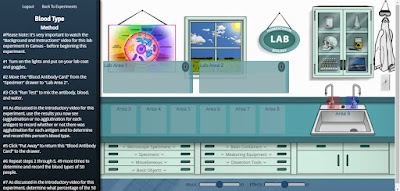Disclaimer: I received this complimentary product through
the Homeschool Review Crew.
The Starter Fermentation Kit from Fermentools has everything you need to make quality, healthy fermented foods. The Starter Fermentation Kit includes one stainless-steel lid (made from 304 surgical stainless steel so the corrosion resistant lid will last a lifetime), one glass fermentation weight (made to fit inside a standard wide-mouthed Mason jar), one airlock system, one rubber stopper, one rubber canning gasket, and Himalayan powder salt.
Fermenting vegetables might seem like a daunting task, but it’s actually easier than canning vegetables. During the process of canning, the food in the jar is boiled to kill any micro-organisms that might be living in the food. During the boiling, a vacuum seal is created and oxygen cannot enter the jar. During fermentation, you also eliminate the food’s exposure to oxygen by keeping it submerged in a slat brine. Canning focuses on killing exposure to spoilage, whereas fermenting focuses on suppressing bad bacteria and encouraging good bacteria.
While you can ferment any vegetable you like, you will want
to make sure the ingredients in your jar are roughly the same shape and size.
This will ensure that they all ferment at the same rate. For this review, our
family fermented cucumbers using the following fermenting steps for a tasty,
probiotic-rich snack.
1.
We packed a wide-mouthed Mason jar with sliced
cucumbers and fresh dill.
2.
We covered them with saltwater (a mixture of
Himalayan powder salt and non-chlorinated water).
3.
We placed the glass weight on top of the
cucumbers to ensure they would stay below water level.
4.
We place the rubber canning gasket on the rim
and placed the stainless-steel lid on top of that before we tightened it down
with the ring from the Mason jar.
5.
We placed the rubber stopper in the
stainless-steel lid.
6.
We filled the airlock half way with
non-chlorinated water and placed it in the rubber stopper.
Leave your vegetables to ferment on the counter for 2-3
days. By 2-3 days, you should start to see some tiny bubbles forming at the top
of the brine. Start tasting your vegetables. Once they reach a flavor that is
to your liking, you can remove the weight, cover the jar tightly, and place
fermented vegetables in the refrigerator. Fermented vegetables can last six
months to a year in cold storage and taste better the longer they sit. The joy
of fermenting is making each recipe unique to your palate!
Visit the Crew Blog to read more reviews from the
Homeschool Review Crew.























